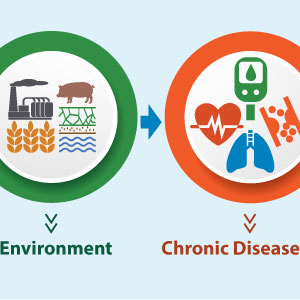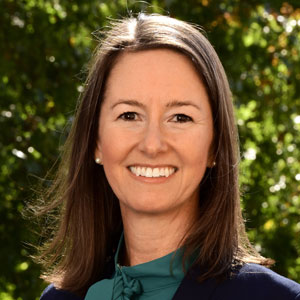People living with myositis learned about research to advance understanding and treatment of the disease during presentations and a tour of the National Institutes of Health (NIH) Clinical Center in Bethesda, Maryland on Sept. 6. Myositis refers to a set of autoimmune diseases involving chronic inflammation of the muscles. An estimated 75,000 people living in the United States are affected, according to The Myositis Association (TMA).
NIEHS partnered with the NIH Clinical Center, the National Institute of Arthritis and Musculoskeletal and Skin Diseases (NIAMS), and TMA to coordinate the inaugural event. Patients and caregivers attended research-focused talks, toured clinical research facilities, and learned how to enroll in NIH studies. The small group tours, which were led by staff from the NIEHS Environmental Autoimmunity Group and NIAMS research groups studying juvenile and adult myositis, helped attendees get an idea of what it is like to be a patient at the NIH Clinical Center.
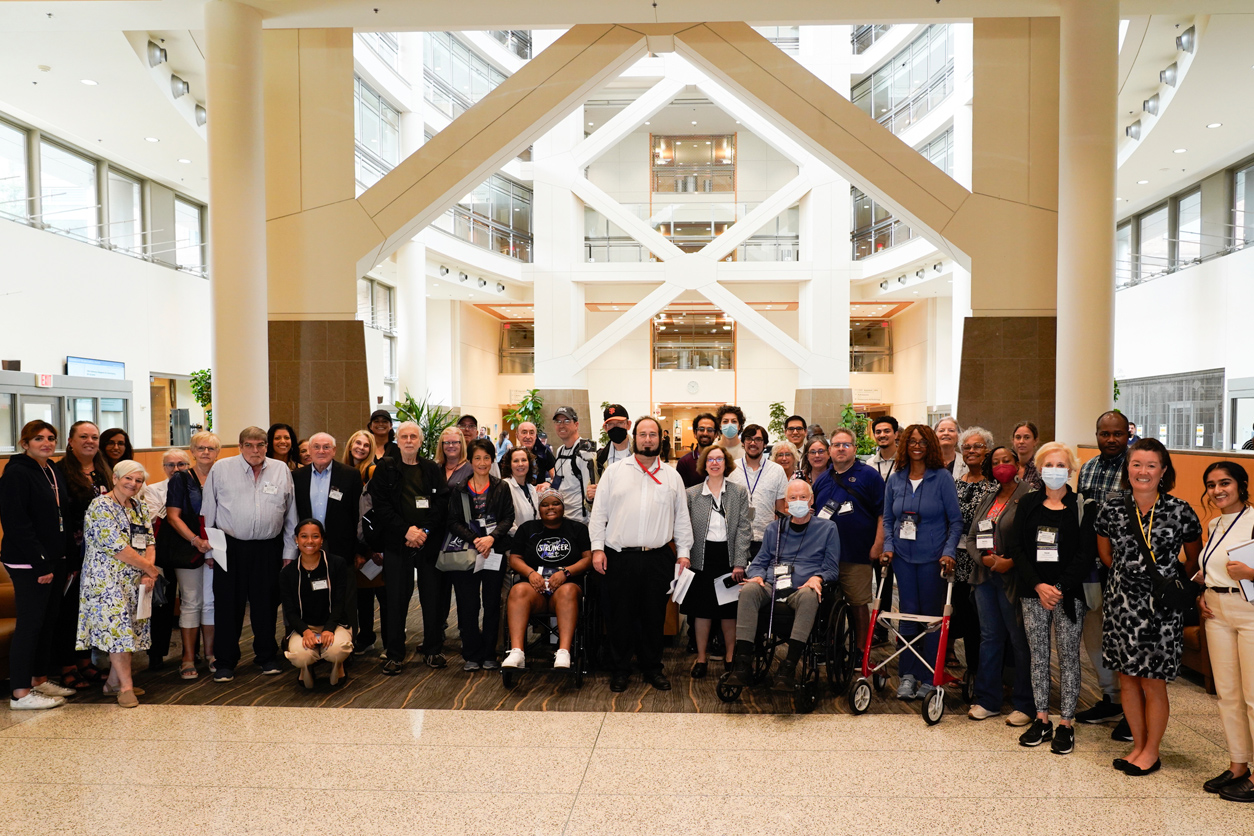
Martha Arnold, a TMA board member living with inclusion body myositis, said the NIH staff presentations were a highlight of the visit.
“Their passion and dedication shone through, and our visit reassured me that excellent work is being done to advance science across myositis diseases,” she said.
Pinpointing risk factors
NIEHS scientists have researched myositis for more than 40 years (see sidebar). This rare and complex group of illnesses occurs when the immune system attacks muscles in the arms, legs/hips, abdomen, and back.
Types of myositis include dermatomyositis, anti-synthetase syndrome, necrotizing myopathy, inclusion body myositis, polymyositis, and juvenile forms of myositis. With no known cure, physicians focus on treating symptoms, and the underlying inflammatory processes. These symptoms include muscle pain and weakness, fatigue, photosensitive skin rashes, swelling, and trouble breathing or swallowing.
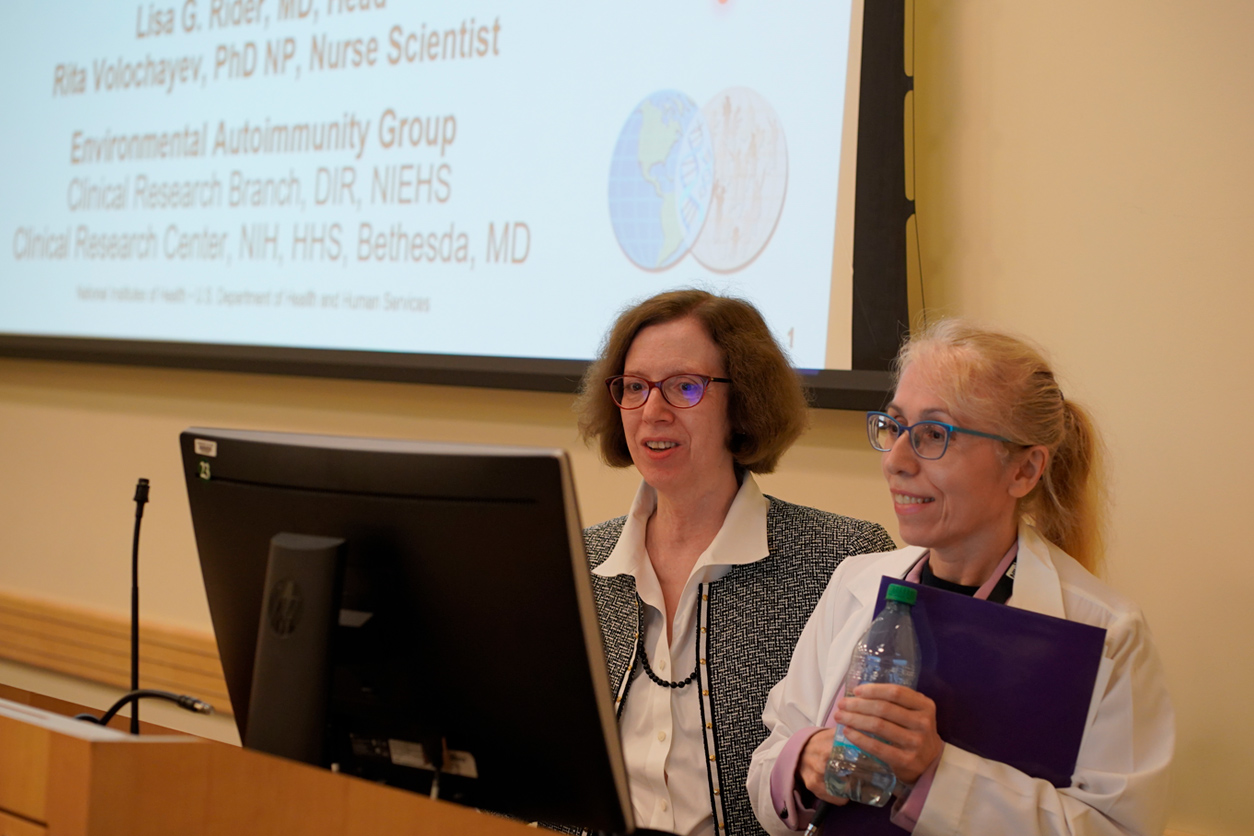
The incidence of myositis, along with other autoimmune disorders, is rising in the United States, according to Lisa Rider, M.D., who leads the NIEHS Environmental Autoimmunity Group. A better understanding of the environmental influences driving the development of the disease, along with genetic risk factors, is needed, she said.
NIEHS scientists have used information from a TMA-led patient registry called MYOVISION to divide patients into subgroups, or phenotypes, to better understand myositis, as well as from environmental risk factor studies led by NIEHS from the NIH Clinical Center. They have identified UV sun exposure, smoking, stressful events, and exposure to silica and solvents as environmental risk factors, explained Rider.
“Our new approaches and technologies are allowing us to carefully define these myositis phenotypes, to identify these genetic and environmental factors, and to look at their interactions,” she said.
A patient-centered approach
In addition to research advances, attendees also learned about new physical therapy techniques for myositis from the NIH Clinical Center’s rehabilitation medicine team. In a lecture led by Environmental Autoimmunity Group biologist Kakali Sarkar, Ph.D., they toured a myositis research laboratory and biorepository, where patient biospecimens are stored. They also heard about advanced imaging techniques for myositis from Adam Schiffenbauer, M.D., deputy head and associate research physician in the NIEHS Environmental Autoimmunity Group.
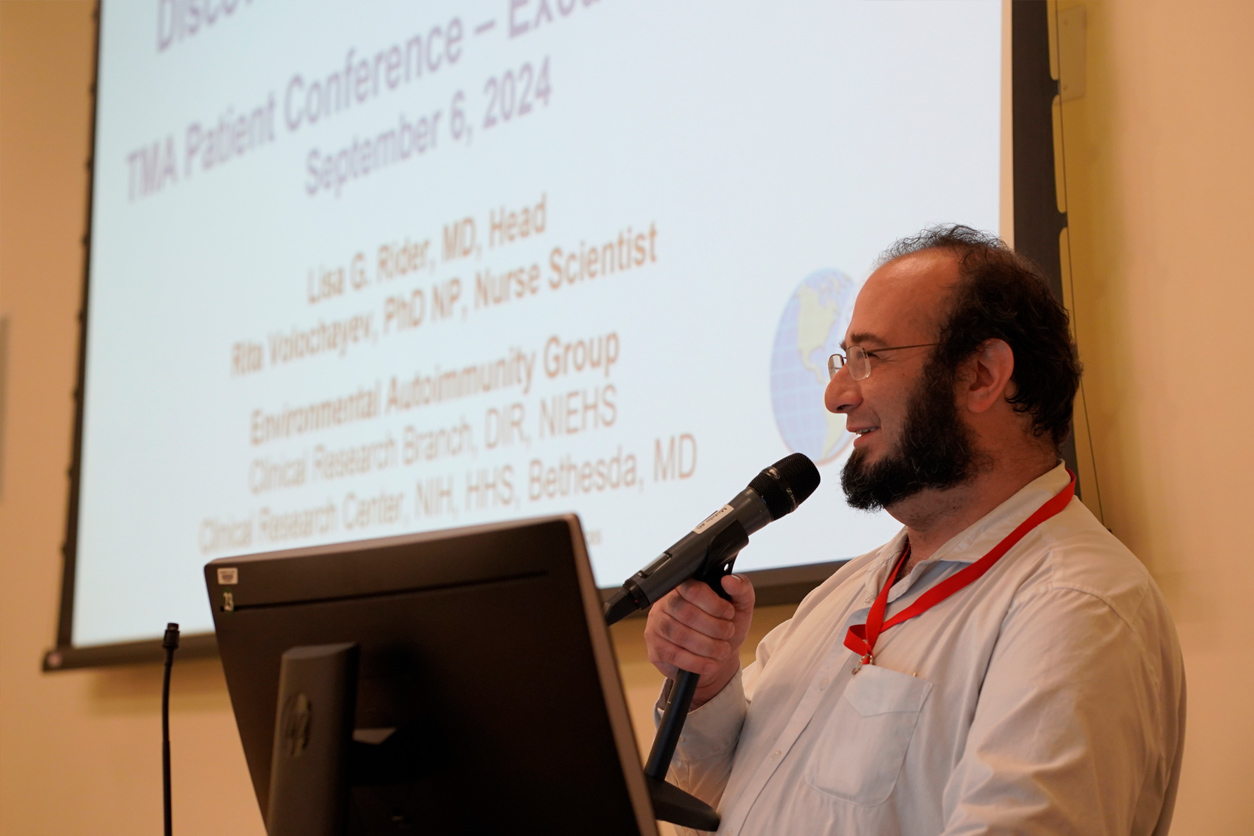
NIEHS’s long partnership with TMA has been crucial to advancing research, according to Schiffenbauer. He noted that patient feedback about the disease has helped his team identify new lines of inquiry.
“We depend on the patients,” Schiffenbauer said. “We couldn't do any of the research we do without them.”
Paula Eichenbrenner, TMA executive director, said the visit was an outstanding opening event for TMA’s annual international patient conference, which took place in Baltimore, Maryland, Sept. 6-8. “We learned about the latest developments in myositis science and the highly successful, innovative connection between TMA and NIEHS,” she said.
(Lindsay Key is a contract writer for the NIEHS Office of Communications and Public Liaison.)






